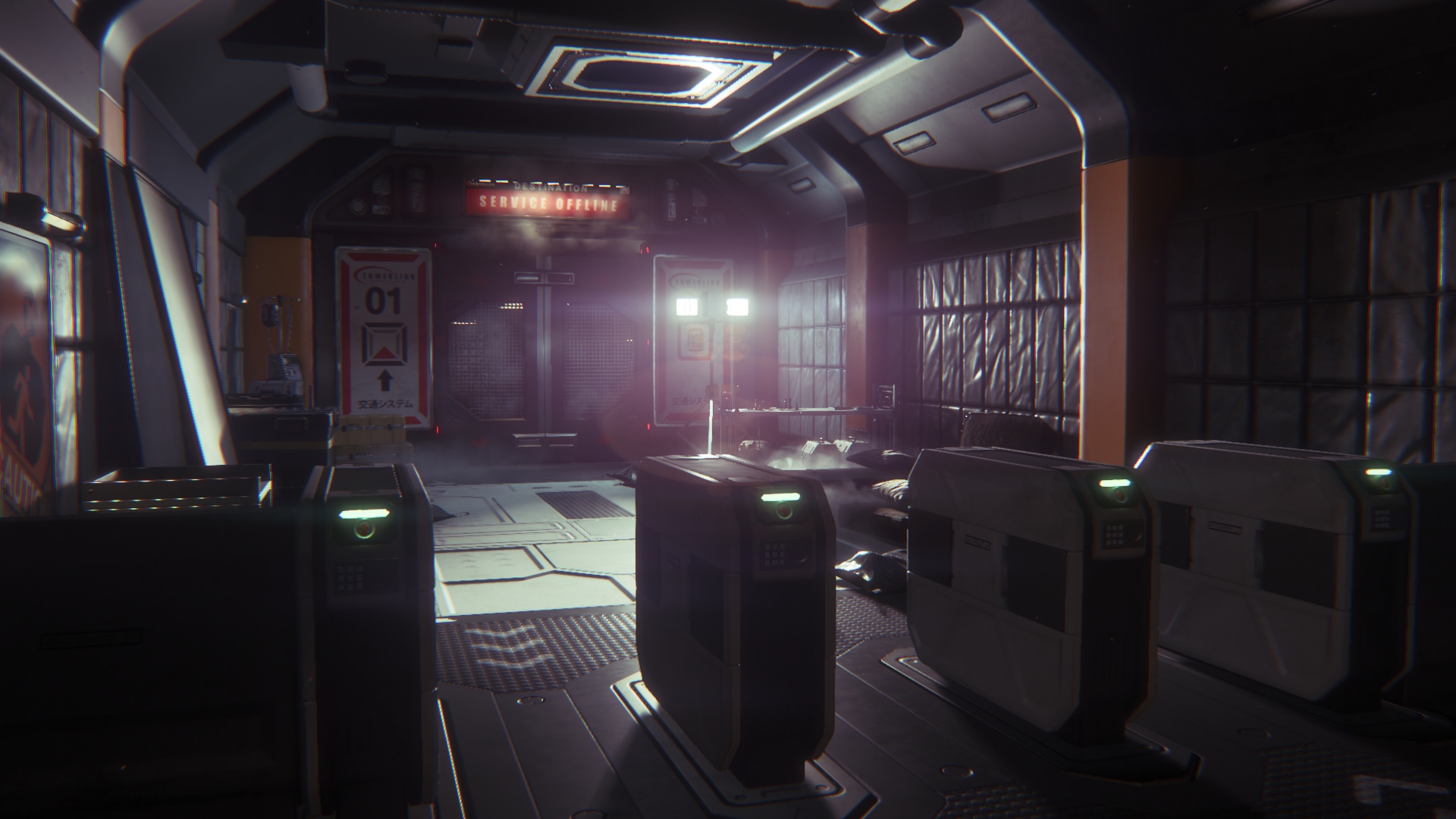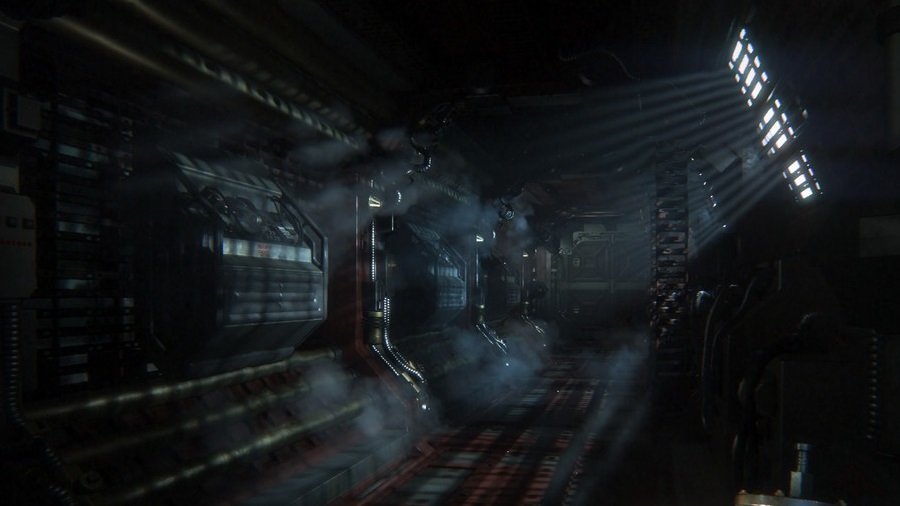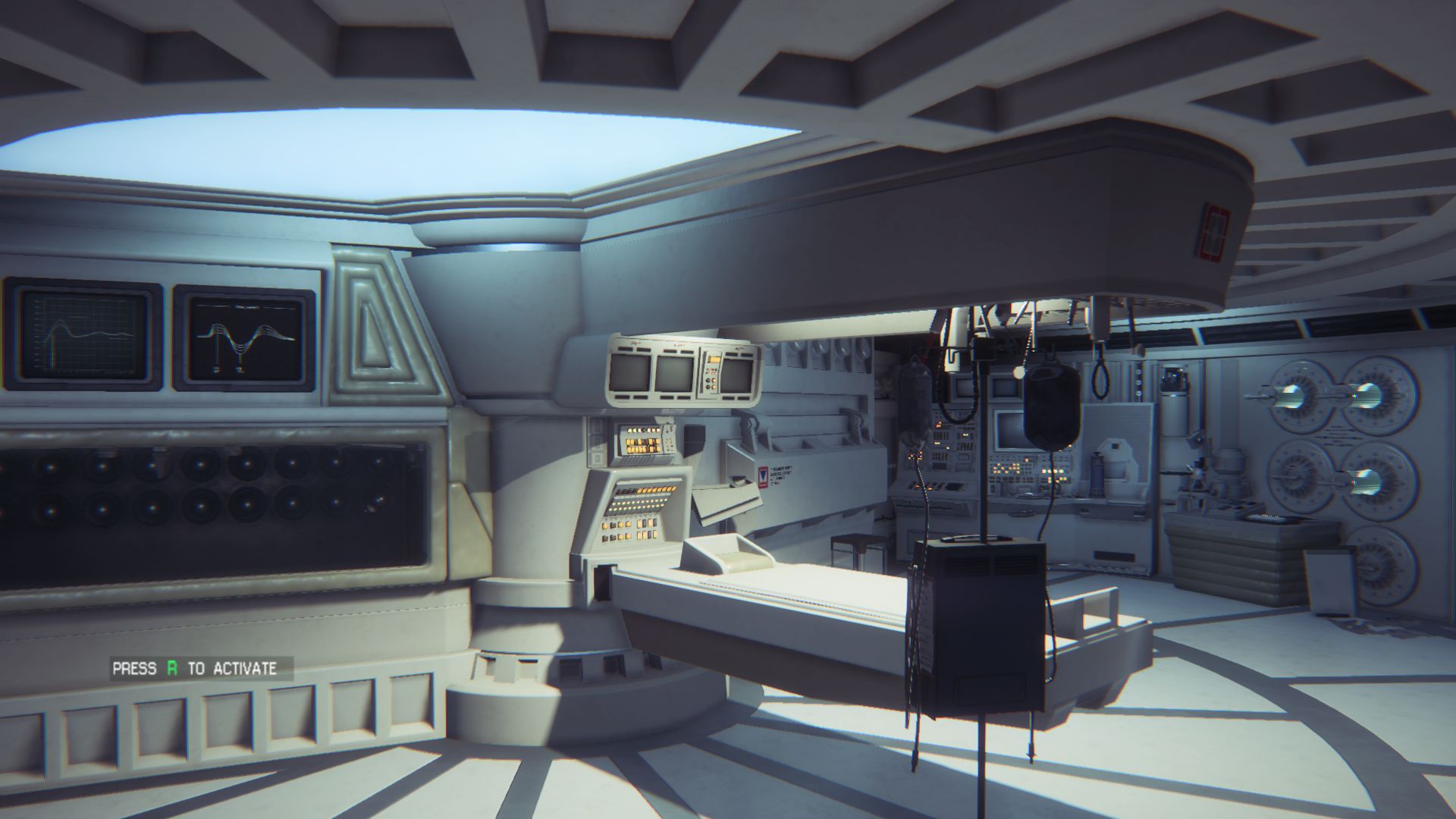In Alien: Isolation, Sevastopol Station serves as a meticulously crafted backdrop that immerses players in a tense, atmospheric experience. The design of the station is a tribute to the original Alien film, reflecting a retro-industrial aesthetic that emphasizes a sense of decay and isolation. The layout of Sevastopol is both intricate and expansive, encompassing multiple interconnected sections, each playing a crucial role in the gameplay and narrative development.
Key Sections of Sevastopol Station:
1. San Cristobal Medical Facility:
– A vital area within the station, San Cristobal is equipped with medical bays designed for treating patients but is now largely derelict due to the alien outbreak. The existence of inaccessible rooms, such as A-23 and A-24, suggests that this facility was intended for more than just routine medical care, hinting at deeper research and experimentation.
2. Transit Links and Elevators:
– The transit systems are essential for navigating the sprawling environments of Sevastopol. Elevators and tram links connect different sections, not only facilitating movement but also enhancing the tension as players traverse these often dimly lit and claustrophobic spaces.
3. Maintenance and Administrative Areas:
– These regions encompass corridors, control rooms, and other operational spaces that represent the station’s daily functions. Players can explore various maintenance sections, which may contain useful resources, hidden lore, and elaborate security systems that need to be navigated carefully.
4. Residential and Crew Quarters:
– Once a bustling area filled with crew members, the residential quarters now reflect abandonment and despair amid the chaos unleashed by the alien presence. This area offers insights into the lives of the station’s inhabitants and serves as a poignant reminder of the loss experienced by those who once lived and worked here.
5. Courtyard and Hangar Zone:
– This expansive outdoor-like area features docking bays and external sections crucial for import and export operations. Players may find themselves strategizing around the open spaces while avoiding detection from both the alien and the hostile androids stationed in this zone.
Design and Atmosphere:
Sevastopol Station is characterized by its labyrinthine structure, replete with multiple levels, tight airlocks, and a network of ventilation shafts. The limited lighting and deteriorating infrastructure contribute significantly to a sense of claustrophobia and dread, essential for the survival horror genre. Many areas within the station are locked or require specific actions to access, encouraging exploration and rewarding players with lore and resources that help to deepen the narrative experience.
Gameplay Integration:
Each region of Sevastopol Station not only supports various gameplay mechanics, such as stealth and resource management, but also propels the story of Amanda Ripley. As players navigate through these varied environments, they face different challenges, including evading the deadly alien and combatting rogue synthetic lifeforms, thus weaving exploration with survival in a gripping manner.
In summary, Sevastopol Station serves as a rich, atmospheric playground crucial to the horror and suspense of Alien: Isolation. Each section is designed with purpose, contributing to the overall narrative arc while fostering an anxiety-laden gaming experience that echoes the terrifying legacy of the Alien franchise.






Leave a Reply